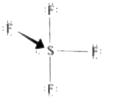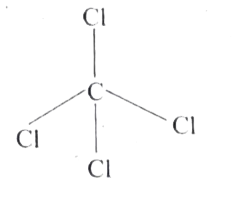Text Solution
Verified by Experts
|
Topper's Solved these Questions
CHEMICAL BONDING
FULL MARKS|Exercise ADDITIONAL QUESTIONS SOLVED (CHOOSE THE CORRECT ANSWER.)|50 VideosView PlaylistCHEMICAL BONDING
FULL MARKS|Exercise ADDITIONAL QUESTIONS SOLVED (MATCH THE FOLLOWING.)|11 VideosView PlaylistCHEMICAL BONDING
FULL MARKS|Exercise TEXTUAL EVALUATION SOLVED (SHORT ANSWER QUESTIONS.)|25 VideosView PlaylistBASIC CONCEPTS OF ORGANIC REACTIONS
FULL MARKS|Exercise Additional Questions Solved (5-Marks Question)|10 VideosView PlaylistENVIRONMENTAL CHEMISTRY
FULL MARKS|Exercise ADDITIONAL QUESTIONS SOLVED ( 5-Mark Questions )|8 VideosView Playlist
Similar Questions
Explore conceptually related problems
FULL MARKS-CHEMICAL BONDING -IN TEXT QUESTION-EVALUATE YOURSELF
- Draw the lewis structures for (i) Nitrous acid (HN0(2)) (ii) Phospho...
08:43
|
Play - Calculate the formal charge on each atom of carbonyl chloride (COCl(2)...
07:25
|
Play - Explain the ionic bond formation in MgO and CaF(2) :
05:41
|
Play - Write the resonance structures for (i) Ozone molecule (ii) N(2)O
04:15
|
Play - Of the two molecules OCS and CS(2) which one has higher dipole moment ...
04:17
|
Play - Arrange the following in the decreasing order of Bond angle (i) CH(4...
10:37
|
Play - Bond angle in PH(4)^(+) is higher than in PH(3). Why?
03:27
|
Play - Explain the bond formation in SF(4) and CCl(4)' using hybridisation c...
05:20
|
Playing Now - The observed bond length of N(2)^(+) is larger than N(2) while the bon...
06:46
|
Play - Draw the MO diagram for acetylide ion C(2)^(2-) and calculate its bond...
02:40
|
Play

